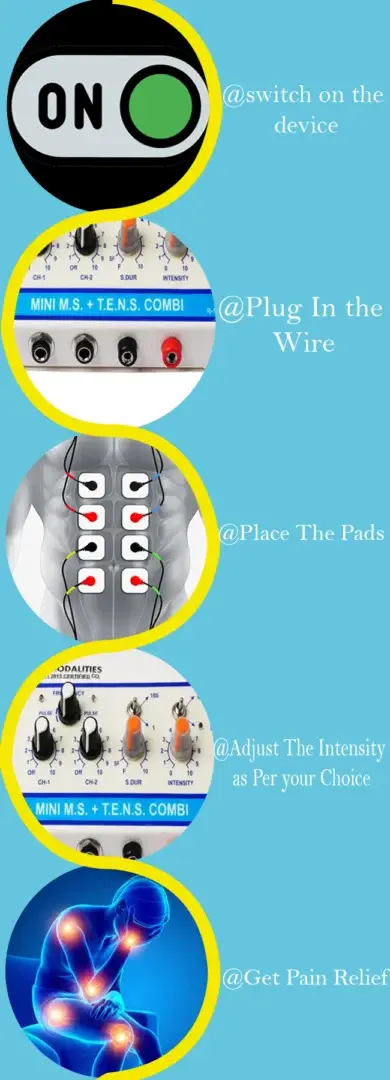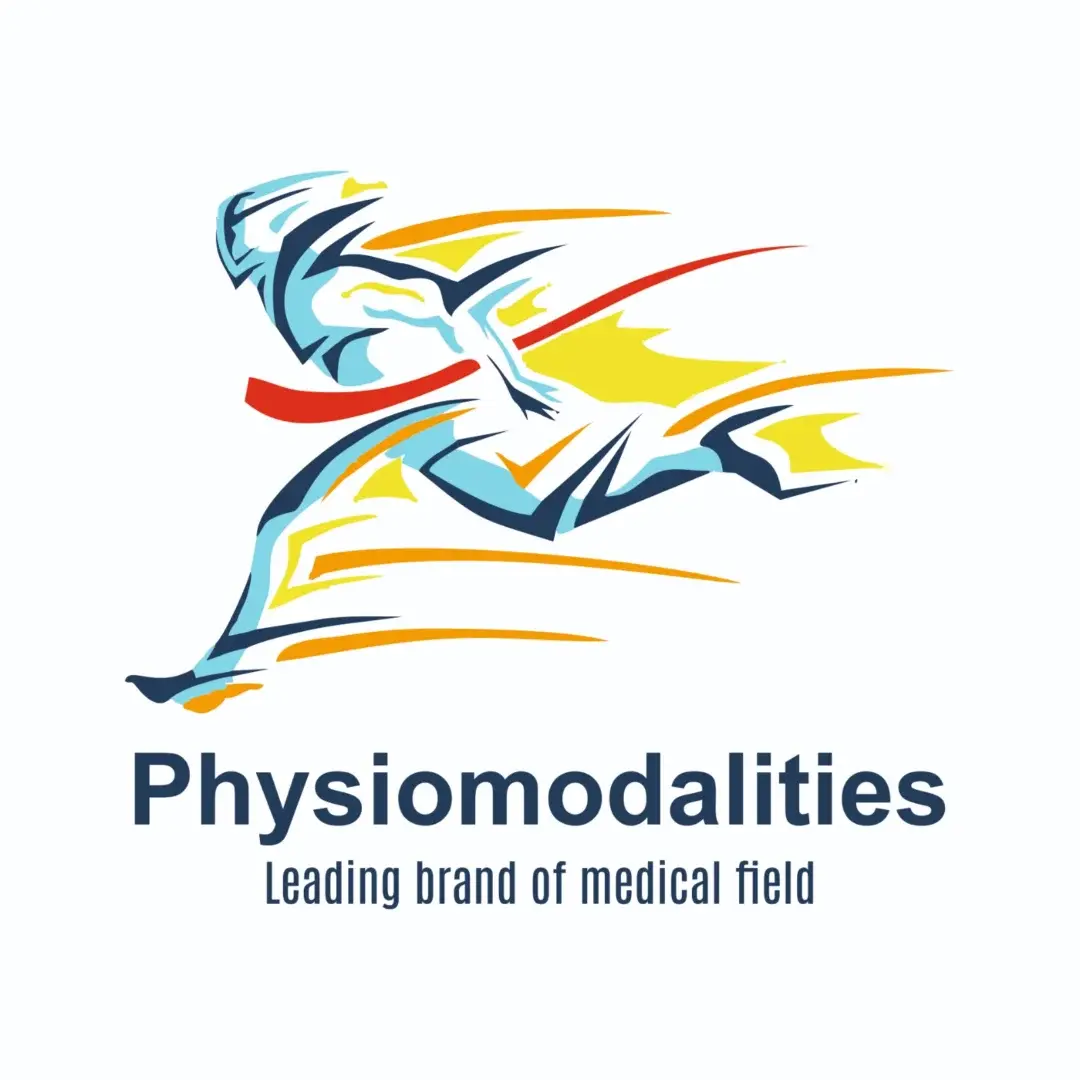A muscle stimulator, also known as an electrical muscle stimulator (EMS), is a device that uses electrical impulses to stimulate muscle contractions.
Understanding the Muscle Stimulator (EMS): How It Works, How to Use It, and Its Benefits
In recent years, muscle stimulators, also known as Electrical Muscle Stimulators (EMS), have gained popularity among athletes, physiotherapists, and fitness enthusiasts. These devices offer an innovative approach to muscle recovery, strength training, and rehabilitation. But what exactly is an EMS, how does it work, and what are the benefits of incorporating it into your fitness routine? Let’s dive in.
What is an Electrical Muscle Stimulator (EMS)?
An Electrical Muscle Stimulator (EMS) is a device that sends electrical impulses to the muscles through electrodes placed on the skin. These impulses mimic the signals that the central nervous system sends to muscles, causing them to contract. The technology behind EMS has been used for decades in physiotherapy and rehabilitation to help patients recover from injuries by stimulating muscle activity.
EMS devices come in various forms, from handheld units to more advanced systems used in professional settings. They are designed to target specific muscle groups, making them a versatile tool for both therapeutic and fitness purposes.
How Does EMS Work?
The primary function of an EMS device is to induce muscle contractions. Here’s how it works:
Electrodes Placement: The EMS device comes with adhesive pads or electrodes that are placed on the skin over the targeted muscles.
Electrical Impulses: When the device is activated, it sends low-frequency electrical impulses through the electrodes to the muscles. These impulses mimic the brain’s natural signals to the muscles, causing them to contract.
Muscle Contraction: The muscle contractions caused by EMS are similar to those that occur during voluntary movements, such as lifting weights or performing exercises.
Relaxation Phase: After the contraction, the muscle relaxes, and the cycle repeats based on the settings of the EMS device.
How to Use an EMS Device
Using an EMS device is relatively straightforward, but following proper guidelines is essential to ensure safety and effectiveness.
Consult a Professional: Before starting any EMS program, it’s advisable to consult with a physiotherapist or healthcare provider, especially if you have any underlying health conditions.
Choose the Right Device: Select an EMS device that suits your needs. Some devices are designed for muscle recovery, while others are more focused on strength training or pain relief.
Prepare the Skin: Clean and dry the skin where you’ll place the electrodes. This helps ensure good contact and reduces the risk of irritation.
Place the Electrodes: Position the electrodes on the muscle group you want to target. Most devices come with a guide to help you place them correctly.
Adjust the Settings: Start with a low intensity and gradually increase it based on your comfort level. Most EMS devices allow you to adjust the frequency, intensity, and duration of the electrical impulses.
Duration: Sessions typically last between 10 to 30 minutes, depending on your goals and the device’s recommendations.
Post-Use Care: After using the EMS device, remove the electrodes carefully, clean the area, and store the device according to the manufacturer’s instructions.


Benefits of Using an EMS Device
Muscle Recovery: EMS can accelerate muscle recovery after intense workouts by increasing blood flow to the muscles and reducing lactic acid buildup. This helps alleviate muscle soreness and stiffness.
Strength Enhancement: Regular use of EMS can help improve muscle strength, particularly in individuals recovering from injury or surgery who may not be able to perform traditional strength training exercises.
Pain Relief: EMS is effective in managing pain, particularly for conditions like chronic back pain, arthritis, and muscle spasms. The electrical impulses can help block pain signals to the brain, providing relief.
Rehabilitation: EMS is widely used in rehabilitation settings to help patients regain muscle function and prevent muscle atrophy after injury or surgery.
Improved Circulation: The muscle contractions induced by EMS can improve blood circulation, which is beneficial for overall muscle health and recovery.
Time Efficiency: For those with busy schedules, EMS offers a time-efficient way to work on muscle strength and recovery, as sessions are typically shorter than traditional workouts.
Versatility: EMS can be used for various purposes, including muscle toning, relaxation, and even as part of a warm-up routine before exercise.

